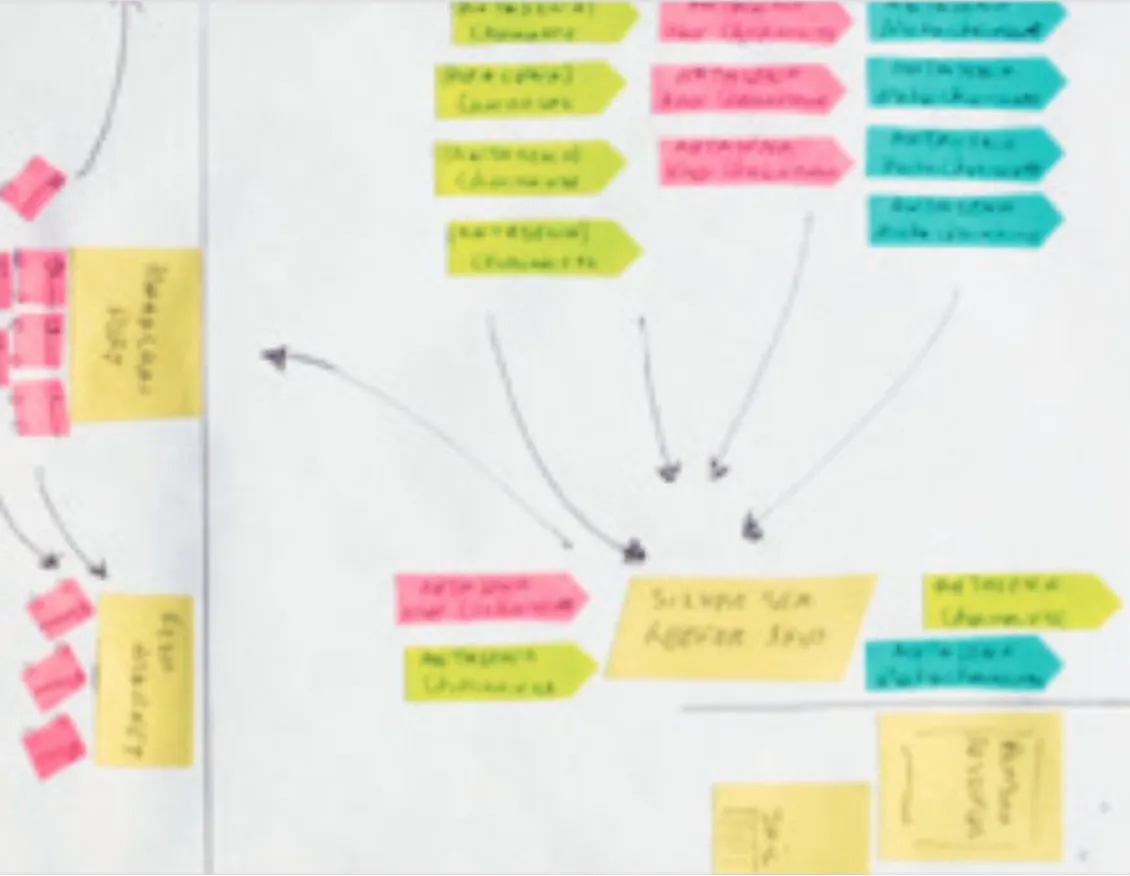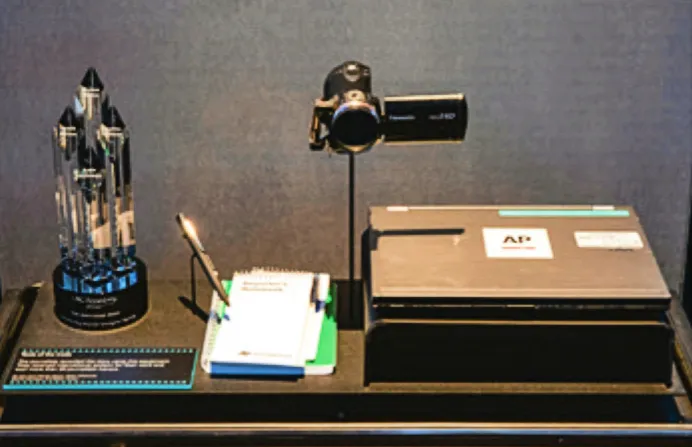How AP Journalists Used Technology to Free Slave Workers
Sometimes surveillance is an extraordinary and undeniable force for good. A group of journalists from The Associated Press employed surveillance methods and technology used by some intelligence agencies to help free more than 2,000 fishermen working in slave conditions in Southeast Asia in 2015 - some were even locked in cages.
The AP journalists - Margie Mason, Robin McDowell, Martha Mendoza, and Burmese translator Esther Htusan - had investigated the Thai fishing industry for more than a year when a source pointed them to eastern Indonesia where they discovered a slave island.
The migrant workers were trapped in Benjina, Indonesia, held captive by Thai boat captains working for large fishing companies. Some of the men who asked to go home were held in cages. Others who ran away were stuck on the island, living off the land for a decade or more.

"The brand new social experience where you activate your gaming skills as you train like a spy."
- TimeOut
Take on thrilling, high-energy espionage challenges across different game zones.

Journalism: The tools of the trade
As part of their research, AP tracked a cargo ship full of slave-caught seafood. They used satellites to help investigate and tailed trucks delivering the seafood to local businesses that export to the US.
The team spent weeks phoning distributors, processors, seafood freezing companies, and visiting Thailand's largest fish market. AP talked to security guards and workers to obtain information that linked them to large Thai seafood export businesses.
They also searched through US Customs records to trace the seafood directly to companies familiar to Americans.
Pulitzer Prize-winning journalism
McDowell and Htusan traveled to Benjina, about 1,900 miles from the country’s capital Jakarta to interview enslaved laborers at the town’s port and talked with men held in a cage. They also pulled alongside a trawler at night to film captives describing their situation, according to AP reports. Laborers from Myanmar, Cambodia, Laos, and Thailand described being locked up, beaten, and forced to work. They also directed reporters to a graveyard where more than 60 workers had died and been buried under false names.
Finally, the journalists used a flowchart to plot the journey of the seafood onto US supermarket shelves.

When AP published the story, there was an outcry. Retail and seafood businesses demanded action, forcing the Thai fishing captains to release their captive workforce.
The reporting won the 2016 Pulitzer Prize for Public Service and AP received international acclaim for their work with more than 20 journalistic honors including the 2016 University of Southern California Annenberg Selden Ring award for investigative journalism seen in the photo below.

Free at last
On the day they were freed, the fishermen hugged and high-fived but even as they learned they were going home, some of the men wept at the thought of returning empty-handed and becoming one more mouth to feed, AP’s Southeast Asia correspondent Margie Mason reported.
Two years after AP’s investigation triggered the dramatic release of the men, the euphoria had faded as the men struggled to start over.
Despite all the suffering following their homecomings, however, there were also stories of inspiration. Some borrowed money, enrolled in trade school, or found decent work. Others open small businesses. A few challenged their former captains in court, receiving a small portion of the pay they were owed. In rare instances, some helped send their traffickers to jail.
“Many say time has helped soften the pain, but most remain angry about the money and years lost to Benjina. Still, they are thankful to be home, living as free men,” Mason said. “They are slaves no more.”
SPYSCAPE+

Join now to get True Spies episodes early and ad-free every week, plus subscriber-only Debriefs and Q&As to bring you closer to your favorite spies and stories from the show. You’ll also get our exclusive series The Razumov Files and The Great James Bond Car Robbery!


Gadgets & Gifts
Explore a world of secrets together. Navigate through interactive exhibits and missions to discover your spy roles.
Your Spy Skills
We all have valuable spy skills - your mission is to discover yours. See if you have what it takes to be a secret agent, with our authentic spy skills evaluation* developed by a former Head of Training at British Intelligence. It's FREE so share & compare with friends now!
* Find more information about the scientific methods behind the evaluation here.


Stay Connected
Follow us for the latest
TIKTOK
INSTAGRAM
X
FACEBOOK
YOUTUBE